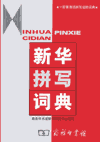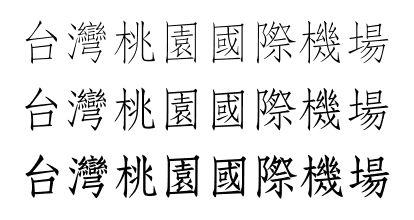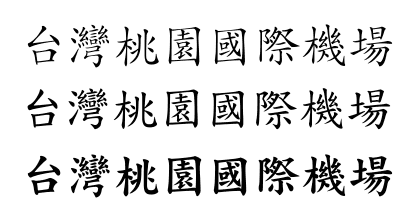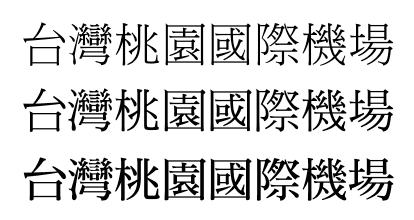 Xīnhuá Pīnxiě Cídiǎn (《新华拼写词典》 / 《新華拼寫詞典》), is the second of Yin Binyong’s two books on Pinyin orthography. The first, Chinese Romanization: Pronunciation and Orthography, is in English and Mandarin; much of it is already available here on Pinyin.Info.
Xīnhuá Pīnxiě Cídiǎn (《新华拼写词典》 / 《新華拼寫詞典》), is the second of Yin Binyong’s two books on Pinyin orthography. The first, Chinese Romanization: Pronunciation and Orthography, is in English and Mandarin; much of it is already available here on Pinyin.Info.
Although Xinhua Pinxie Cidian is only in Mandarin, the large number of examples makes it easy to get the point even if you may not read Mandarin in Chinese characters very well.
This week I will begin posting some excerpts from this invaluable work. What’s more, I have made a version in traditional Chinese characters, which I hope that readers in Taiwan, Hong Kong, and elsewhere will take advantage of. So those not used to reading simplified Chinese characters will have a choice (which is more than the government of Taiwan is providing these days).
I’m extremely happy to be able to bring you this information and wish to acknowledge the generosity of the Commercial Press. Stay tuned.



